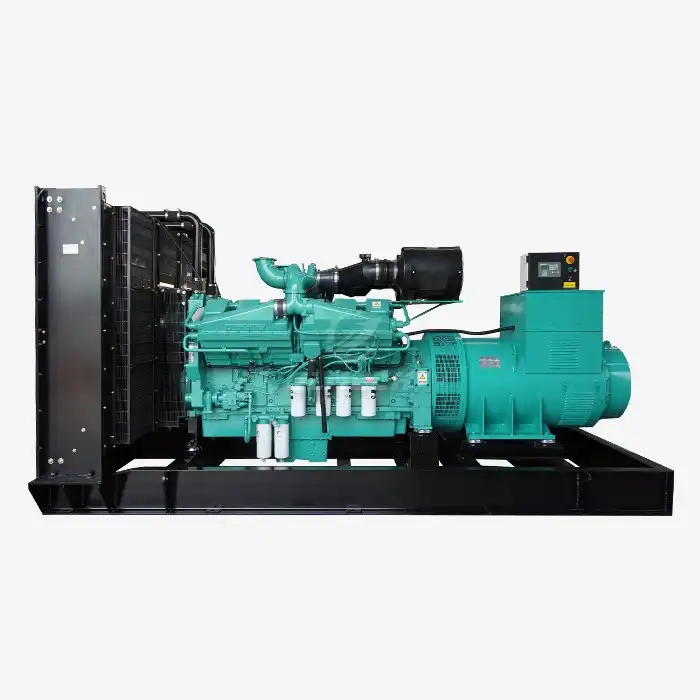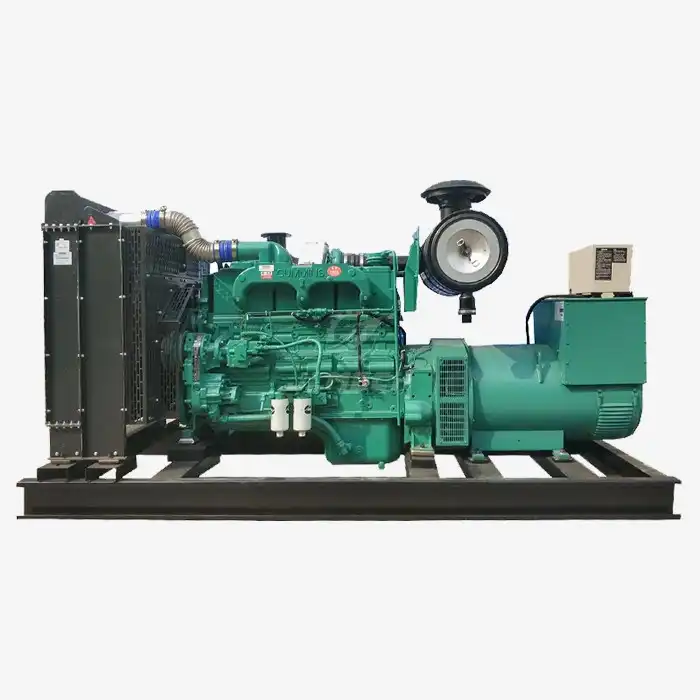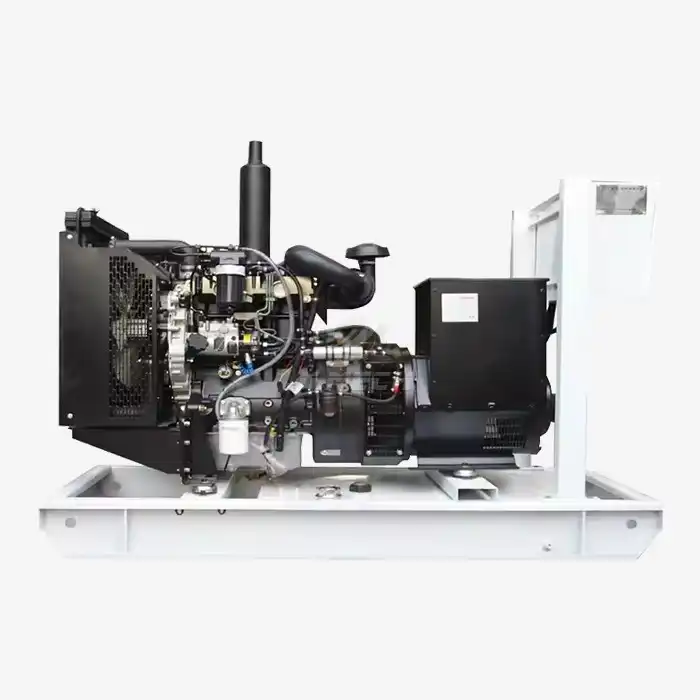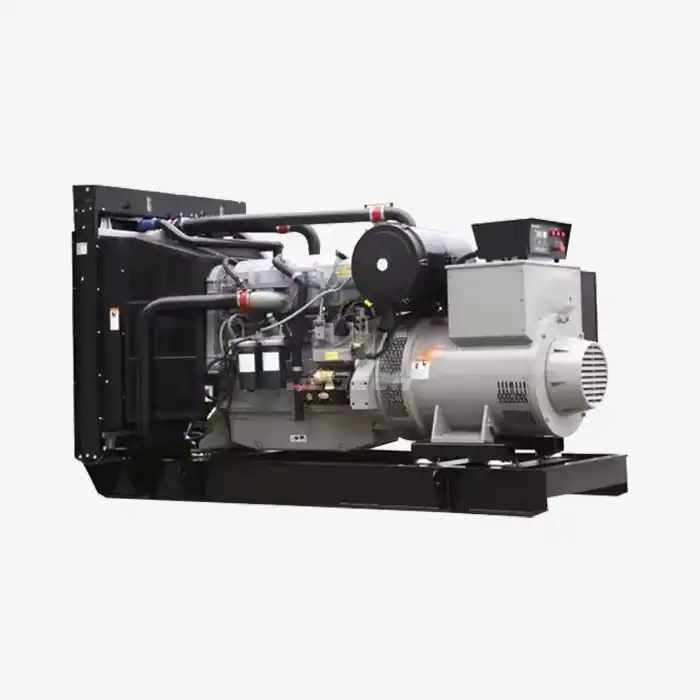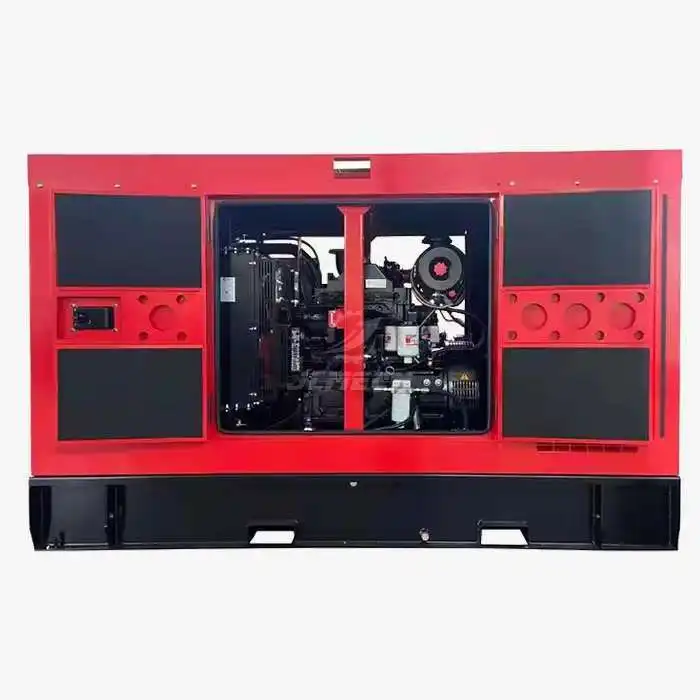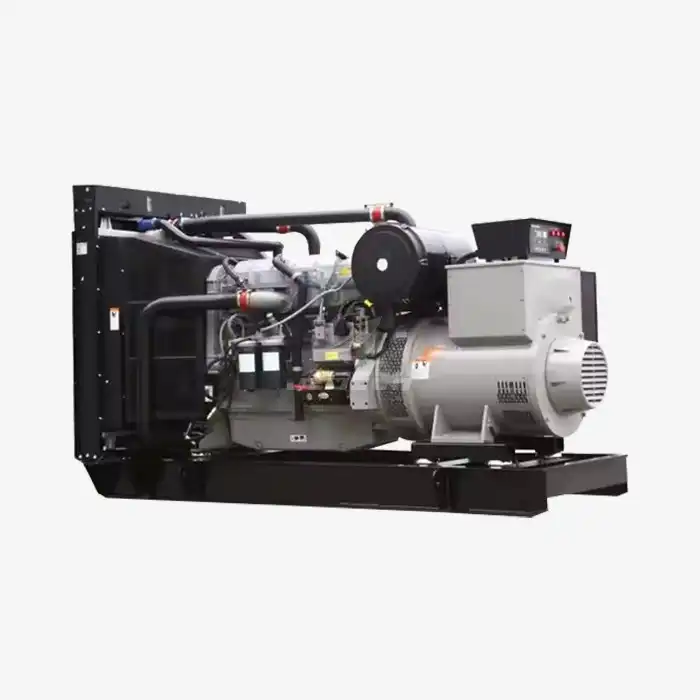Generator Users: Must-Have Essential Parts List for AC Generators
For businesses and facilities that rely on continuous power supply, understanding the key components of your AC generator is crucial for effective maintenance and operational reliability. Having a comprehensive AC Generator Essential Parts List is the first step toward preventing unexpected downtime and ensuring optimal performance. This guide provides generator users with a detailed overview of the critical components that make up industrial AC generators, their functions, and why maintaining proper inventory of these parts is essential for uninterrupted power generation. Whether you're managing a manufacturing facility, healthcare institution, or commercial establishment, this AC Generator Essential Parts List will help you develop a proactive maintenance strategy and minimize operational disruptions.
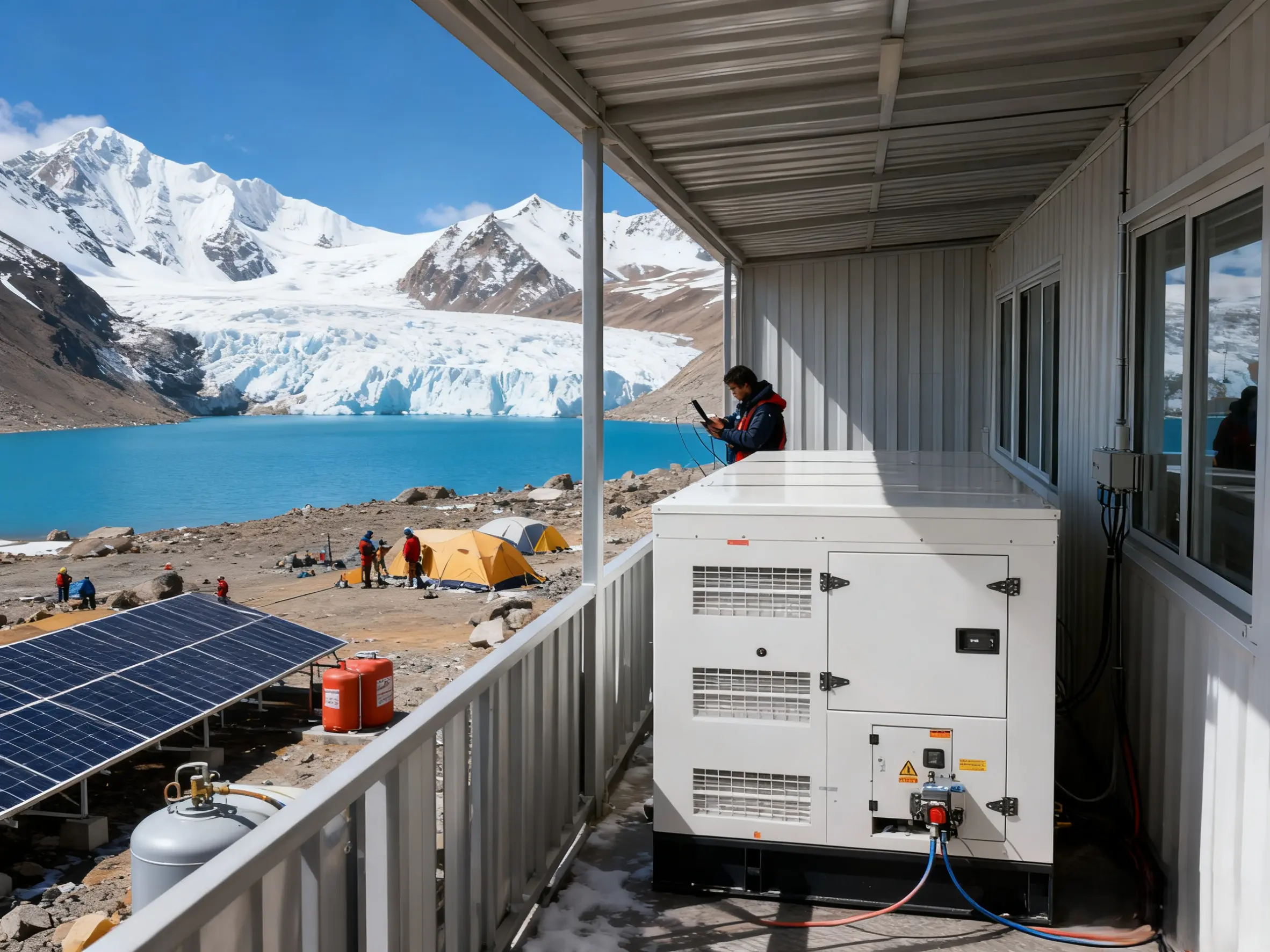
Stator and Rotor Assembly
The heart of any AC generator consists of two fundamental electromagnetic components that work in tandem to produce electricity:
Stator Components:
Stationary copper windings arranged in a three-phase configuration
Laminated steel core to reduce eddy current losses
High-grade insulation materials rated for thermal endurance
Robust frame construction for mechanical stability
Rotor Components:
Field windings that create the rotating magnetic field
Laminated iron core pressed onto the generator shaft
Slip rings and brush assembly for excitation current transfer
Pole pieces that shape the magnetic field distribution
These components form the core electricity generation system, where the rotating magnetic field induces current in the stationary windings through electromagnetic induction.
Excitation System Components
The excitation system controls the generator's output voltage and reactive power capability through precise regulation of the magnetic field:
Automatic Voltage Regulator (AVR):
Solid-state electronic controller that maintains steady output voltage
Provides damping functions to prevent power system oscillations
Includes protective features against over-excitation conditions
Excitation Power Sources:
Permanent Magnet Generator (PMG) for stable excitation during load variations
Shunt or compound excitation systems for standard applications
Brushless excitation systems with rotating rectifiers for maintenance reduction
Field Protection Devices:
Field circuit breakers and discharge resistors
Reverse power protection relays
Over-excitation and under-excitation limiters
Bearings and Lubrication System
Proper mechanical support and lubrication are essential for reliable generator operation and longevity:
Bearing Types and Applications:
Sleeve bearings for larger generators and higher load capacity
Anti-friction ball or roller bearings for smaller to medium units
Insulated bearings to prevent shaft current damage
Lubrication Components:
Oil circulation pumps and filtration systems
Oil coolers and temperature regulation devices
Automatic lubricators for continuous bearing protection
Oil quality monitoring sensors and alarms
Maintenance Considerations:
Regular oil analysis schedules for predictive maintenance
Bearing temperature monitoring systems
Vibration analysis equipment for early fault detection
Cooling System Components
Effective heat dissipation is critical for maintaining generator efficiency and insulation life:
Air Cooling Systems:
Internal and external fans for circulated air cooling
Air-to-water heat exchangers for closed-circuit systems
Air filters and dust separation systems
Ductwork and ventilation management
Hydrogen Cooling Systems (Large Generators):
Hydrogen gas control and monitoring systems
Seal oil systems for hydrogen containment
Gas dryers and purity monitoring equipment
Hydrogen compressor and storage systems
Water Cooling Systems:
Deionized water circulation pumps
Water treatment and filtration units
Heat exchangers and cooling towers
Conductivity monitors and water quality sensors
Control and Protection Systems
Modern generators incorporate sophisticated control and protection systems for safe operation:
Generator Protection Relays:
Differential protection for internal fault detection
Overcurrent and ground fault protection devices
Loss of excitation and reverse power relays
Synchronizing equipment for parallel operation
Monitoring and Control:
Programmable Logic Controller (PLC) based control systems
Human-Machine Interface (HMI) panels for operator control
Remote monitoring and data acquisition systems
Power quality analyzers and metering devices
Termination and Connection Components
Proper electrical connections are vital for system safety and performance:
Generator Terminal Components:
Isolated phase bus ducts or segregated phase bus systems
Current transformers for metering and protection
Potential transformers for voltage measurement
Surge protection devices and lightning arresters
Cable and Busbar Connections:
High-voltage cable terminations and connectors
Flexible connections to accommodate thermal expansion
Grounding systems and neutral grounding equipment
Terminal boxes with proper environmental protection
Maintenance Spares Inventory
Building a strategic spare parts inventory ensures minimal downtime during maintenance or repairs:
Critical Spare Parts:
Complete set of carbon brushes and brush holders
Bearings for both drive-end and non-drive-end applications
Various gaskets, seals, and O-rings for reassembly
Control board modules and voltage regulator units
Consumable Items:
Lubricating oils and greases of specified grades
Coolant fluids and filtration cartridges
Contact cleaners and dielectric compounds
Fasteners and hardware of various specifications
Special Tools and Equipment:
Bearing pullers and installation tools
Torque wrenches with appropriate calibration
Megohmmeters and winding test equipment
Alignment tools and vibration analysis equipment
Conclusion
A comprehensive AC Generator Essential Parts List is more than just an inventory—it's a strategic approach to ensuring operational reliability and minimizing costly downtime. Understanding these critical components and their functions empowers maintenance teams to implement proactive strategies that extend equipment life and optimize performance. Having the right parts available when needed transforms reactive maintenance into predictable, planned operations, ultimately protecting your power generation assets and supporting business continuity. This definitive AC Generator Essential Parts List provides the foundation for developing a robust maintenance program that addresses both routine service needs and unexpected repairs.
Our technical team can help you customize this essential parts list based on your specific generator models and operational requirements. For professional assistance in optimizing your generator maintenance strategy, contact our experts at skala@whjlmech.com.
References
International Electrotechnical Commission. (2014). *IEC 60034-1:2014 Rotating electrical machines - Part 1: Rating and performance*.
Institute of Electrical and Electronics Engineers. (2018). *IEEE Std 43-2018: IEEE Recommended Practice for Testing Insulation Resistance of Electric Machinery*.
National Fire Protection Association. (2020). NFPA 110: Standard for Emergency and Standby Power Systems.
Johnson, M. (2022). Emergency Power Systems: A Comprehensive Guide to High-Speed Diesel Generators. Power Engineering Quarterly, 45(3), 78-92.



